Plant These Vegetables In August Says Kitchen Gardener Stephanie Hafferty
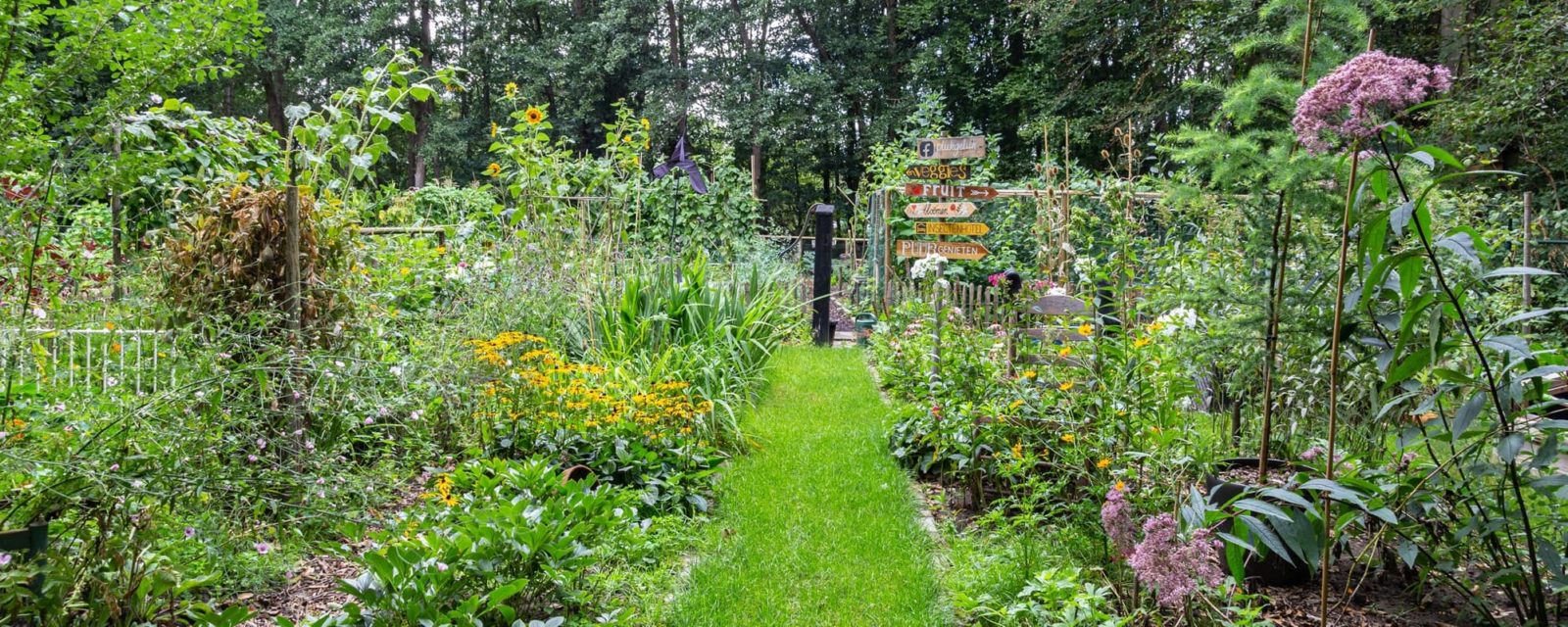
Chris is a gardening writer and nature enthusiast. He graduated from Oxford Brookes University in 2022 with an MA in Psychology. Chris works with the Leeds Green Action Society, helping their food cooperative by growing various fruit and vegetables on their two allotments in Hyde Park, Leeds.
Reviewed By COLIN SKELLY

Colin is a Horticulturist and Horticultural Consultant with experience in a range of practical and managerial roles across heritage, commercial and public horticulture. He holds the Royal Horticultural Society’s Master of Horticulture award and has a particular interest in horticultural ecology and naturalistic planting for habitat and climate resilience.
Contributions From STEPHANIE HAFFERTY

Stephanie Hafferty is a No-Dig Kitchen Gardener who has published several award-winning books on organic growing and appeared on several UK TV shows. In 2021 she produced a demonstration garden for the RHS at Hampton Court with Charles Dowding. Stephanie is Co-Vice Chair of the Garden Media Guild and a member of the Guild of Food Writers.
August may not seem like a month to plant crops.
At the heat of summer, it’s the time you’d expect to be out in the fields – or, more likely, the garden – harvesting the fruits (and vegetables) of your spring labours.
In fact, in native cultures of the Canary Islands, August is called Beñesmer – a word that signified the annual harvest festival and held tremendous importance in their annual calendar.1The history of the Canary Islands natives. (2020, September 17). Hola Islas Canarias. Retrieved March 27, 2023, from https://www.hellocanaryislands.com/experiences/the-history-of-the-canary-islands-natives/
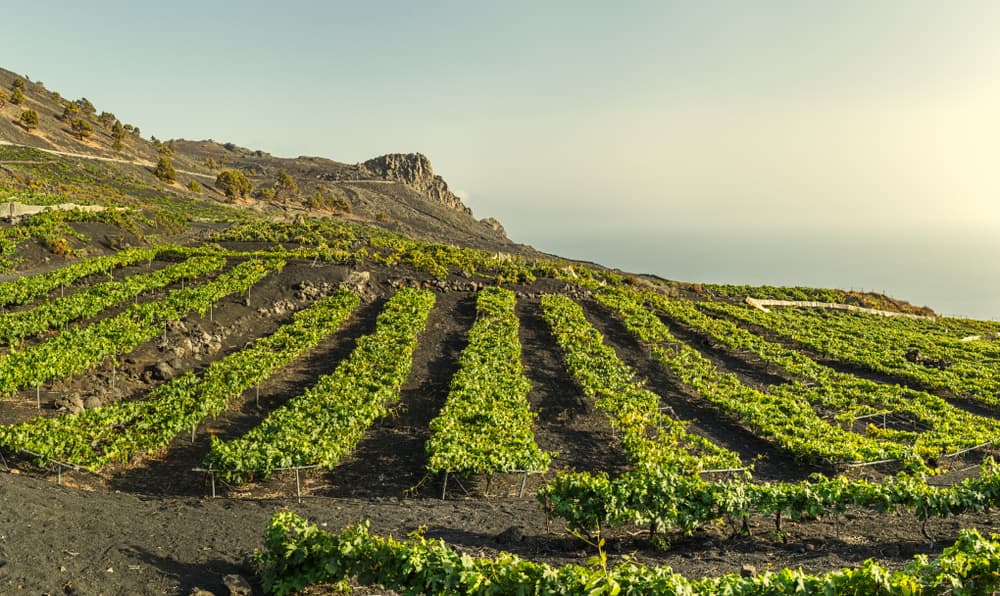
If you’ve found this article, though, you’re probably aware that you can actually plant things out this late in the year.
A selection of quick maturing veggies, for example, along with rooted strawberry runners and various green manures.
In this article we’ll dig a little deeper into each (if you’ll pardon the pun), telling you what you need to know about planting out crops in August.
“At this time of year, I am sowing plants for cropping during autumn and over winter, including cabbages, kales, chard, spinach, radishes, salads, mustards and overwintered onions,” shares Organic, No-Dig Gardener Stephanie Hafferty.
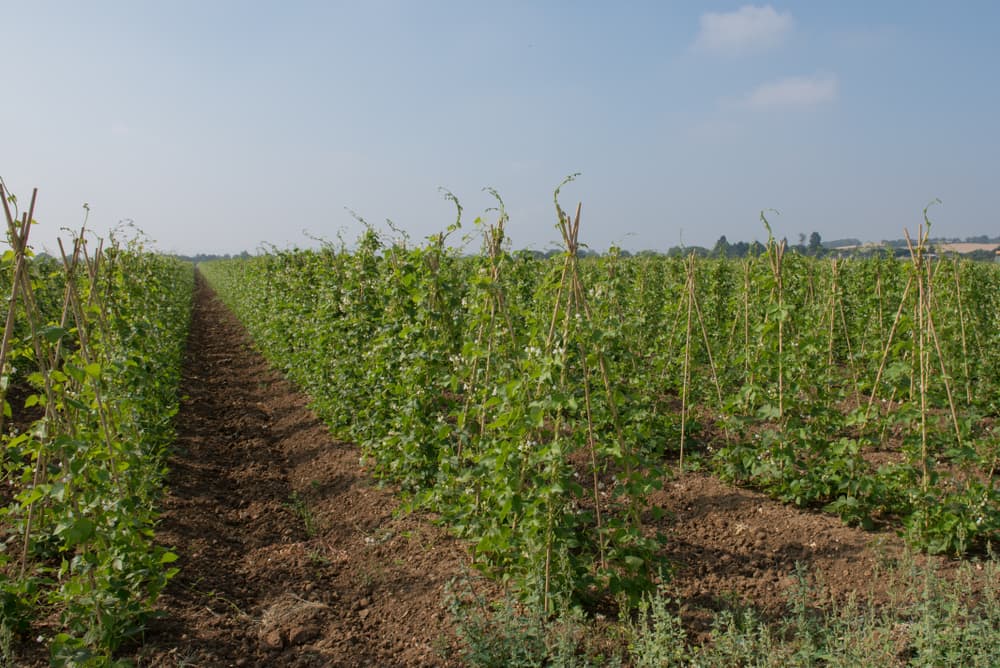
For the enthusiastic gardener trying to shoehorn a few more plants into their annual growing schedule, vegetables are a more rewarding August avenue than fruits.
You’ll see the best results if you live in the south of England or in a region elsewhere with an equivalent climate.
Folks in the northern reaches of Scotland, for example, may not see as much growth (or any at all), so keep this in mind before you build your hopes too high.
1) Chicory
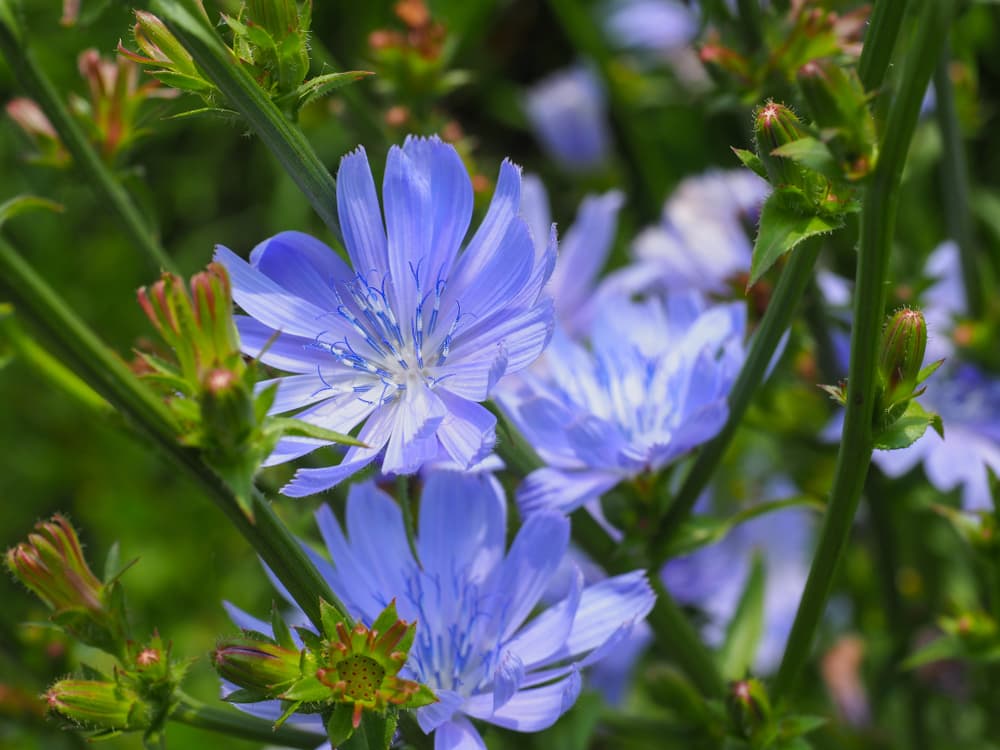
This member of the dandelion family isn’t a frequent fixture in our kitchens, but it is a surprisingly versatile ingredient.
Chopped and raw it makes a fine (if bitter) addition to salads.
Grilled or poached it provides an interesting starter or accompaniment.
And you can even use the dried and grounded plant as a coffee alternative!
Sowing season for this intriguing plant ranges from April to August, depending on the variety, so double-check you pick up the right seeds for the job.
Then find an open site with full sun or mixed shade, with well-draining soil.
2) Radish

These bright red mustard relatives bring a distinct and delicious crunch to any dish that includes them – most usually salads.
If you enjoy a slightly peppery flavour without threatening the integrity of your taste buds, then a home-grown bushel of radishes is just the ticket.
August is the tail-end of the long radish sowing season, which begins in February.
Both summer and winter cultivars can be sown in August, as it’s the end and beginning of their seasons, respectively.
Find a spot with well-draining soil and watch your radishes shoot out of the ground.
You’ll be surprised at how quickly they mature!
“Radishes are a great fast crop, perfect for an August sowing,” shares Master Horticulturist Colin Skelly.
“Winter radishes will stand longer as the weather gets colder, so a sowing of both now will keep you in radishes well into autumn.”
3) Lettuce
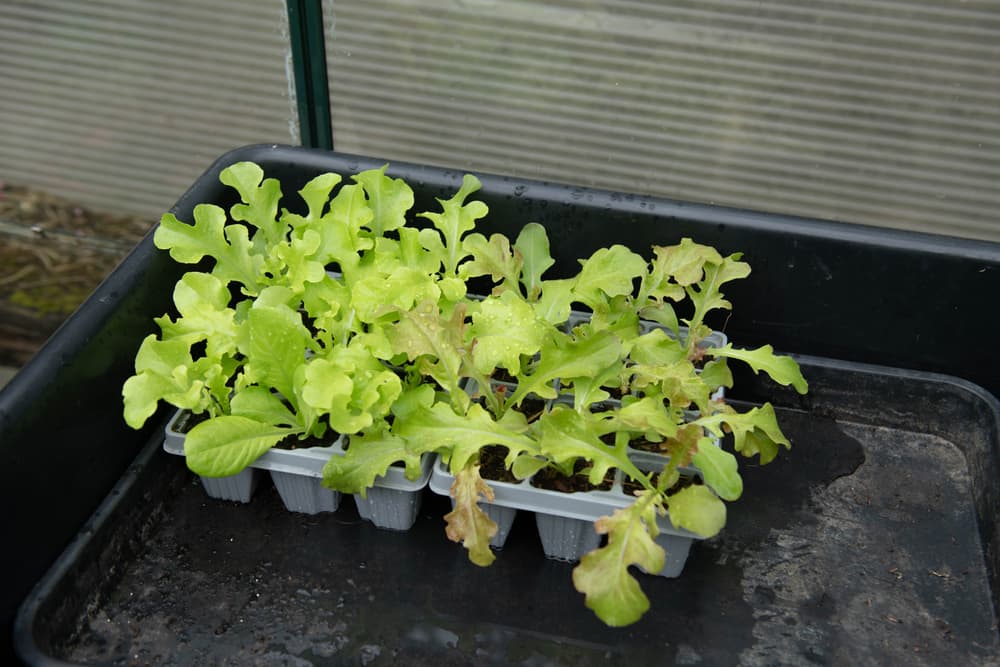
There are myriad different types of lettuce, each with its own distinctive appearance and quality of crunch.
Many varieties lend themselves well to planting in August (or even September!) although there are a few things to keep in mind.
Firstly, check that the variety you’ve got is suited to sowing this late in the year.
If it is, plant out seeds in a spot that gets full sunlight, and where the soil can retain moisture.
Then, from September onwards, cover your seedlings with a closed cloche to prevent chilly weather or persistent pests from wreaking havoc on your baby lettuce plant.
4) Cabbage
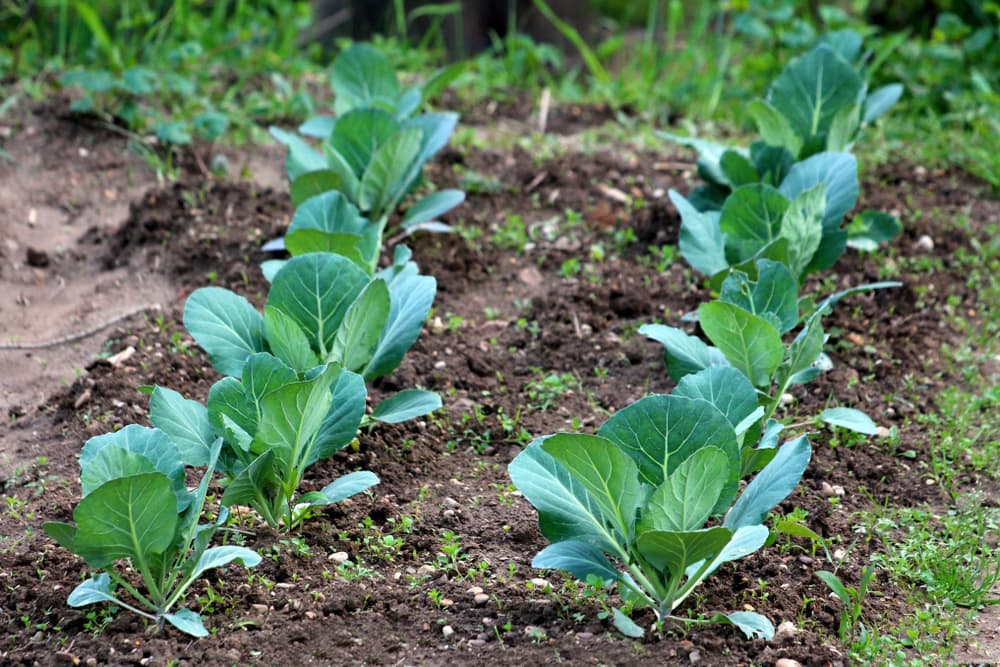
One of our unsung kitchen heroes, the humble cabbage has been pushed out of the limelight by other, trendier vegetables.
Things like butternut squash, sweet potato, asparagus, and even kale now feature more prominently in recipes than this mainstay of British gardening.
But if, like us, you know just how delicious and versatile cabbages are, then you need to know that you can plant them in August, giving yourself another opportunity to harvest a crop before the year ends.
You can either take the traditional approach of sowing cabbages in a seedbed then transplanting to your veg bed when they’re ready, or plant them straight into the veggie bed.
If the former, your cabbages should be transplanted to their final spot in September or October.
5) Turnips

August marks the end of the growing season for the humble turnip, another vegetable whose prominence has waned in recent years.
There’s a reason turnips were a staple in British cuisine, though.
These sweet and earthy veggies are tasty and versatile in equal measure, working just as well in rustic recipes as fine dining ones.
Maincrop turnips can be sown until the middle of August, and turnip tops can be planted out in August or September.
Simply pop the seeds a centimetre or so into the soil, and wait.
6) Overwintering Onions
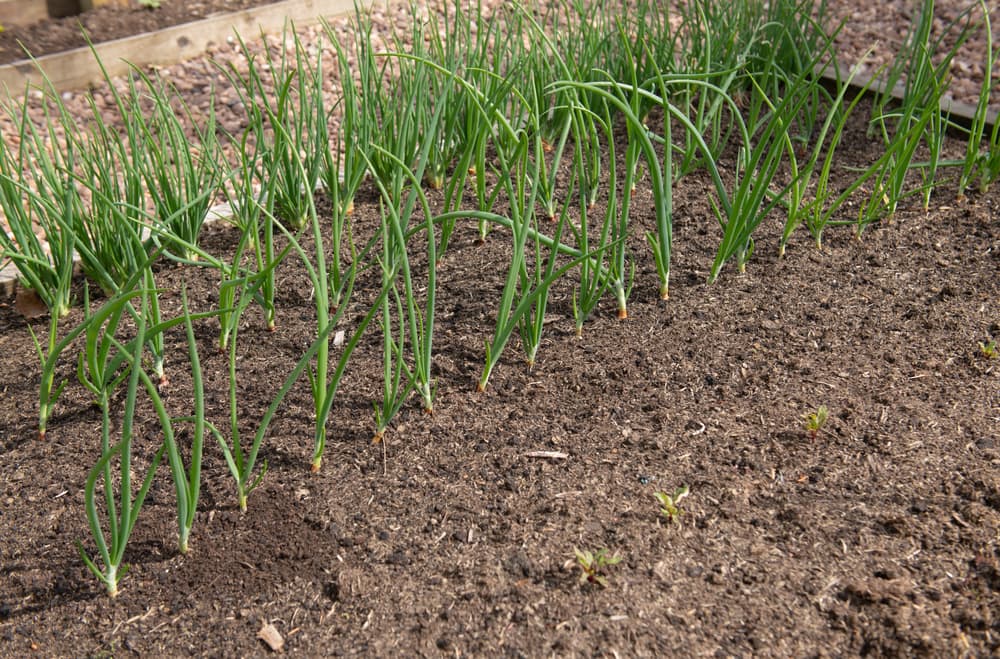
You’ll be hard-pressed to find a cuisine that doesn’t have onion in a fairly central role.
This vegetable is the head honcho of a family of plants that includes garlic, chives, shallots, leeks, and a bunch of other ingredients that impart flavour and interest into literally thousands of recipes.
Growing your own onions is a way to ensure a regular supply, and a depth of flavour that simply blows away anything you’ll find at the supermarket.
You’ll be amazed at how piquant and flavourful a freshly-chopped onion from your garden can be. It may very well change the way you cook.
Over the years many onion cultivars have popped up, many of which are well-suited to growth in August, and even later in the year.
7) Green Manures

“What’s green manure?” you may be asking.
These handy plants are favoured by gardeners as a way to cover bare soil whilst it’s not being used for growing.
They grow quickly, prevent as many weeds from being able to grow, and help to avoid soil erosion.
Then, when you’re ready, you can dig them into the ground where they’ll break down and replenish the soil nutrients.
In short, they’re something of a miracle cure for tired and bare sections of your garden.
Italian Ryegrass
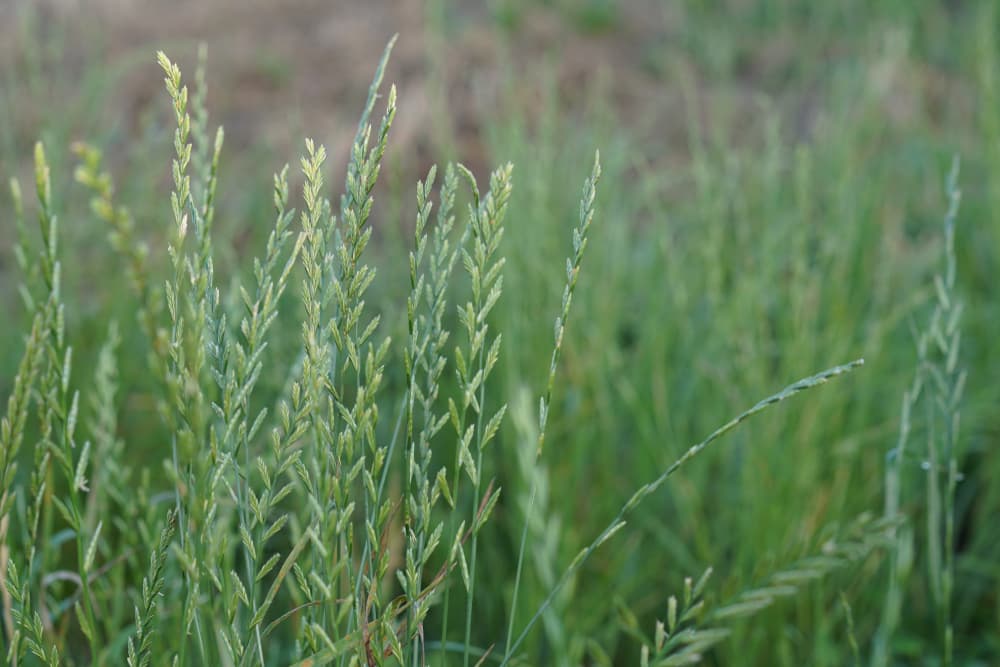
This hardy winter annual has plenty of benefits for your garden.
It’s easy to grow, firstly. It’s less bulky than some other green manures, while being just as effective at drowning out weeds.
The long and sturdy roots are good at pulling nutrients from deep in the soil, meaning that when you work it back into the soil later on, the nutrients are more readily available to the short routes of fledgling plants.
This green manure is noted for its ability to pull nitrates from soil, meaning you can incorporate it into a crop rotation by planting something that’s hungry for nitrates into the treated soil.
Crimson Clover
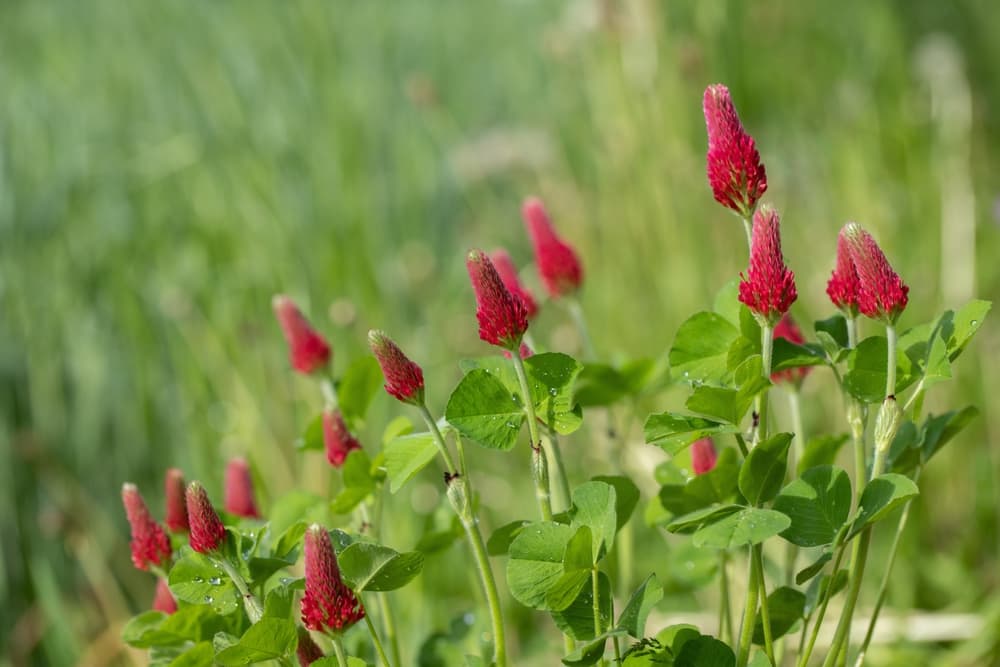
This green manure pairs especially well with Italian ryegrass, with a 75:25 ratio considered to be most effective at creating a balanced soil.
Spreading crimson clover seeds over bare soil in August and leaving them to grow until November or December, before working them back through the soil, will improve conditions and strengthen the plants you grow next season.
8) Bonus Crop: Strawberries
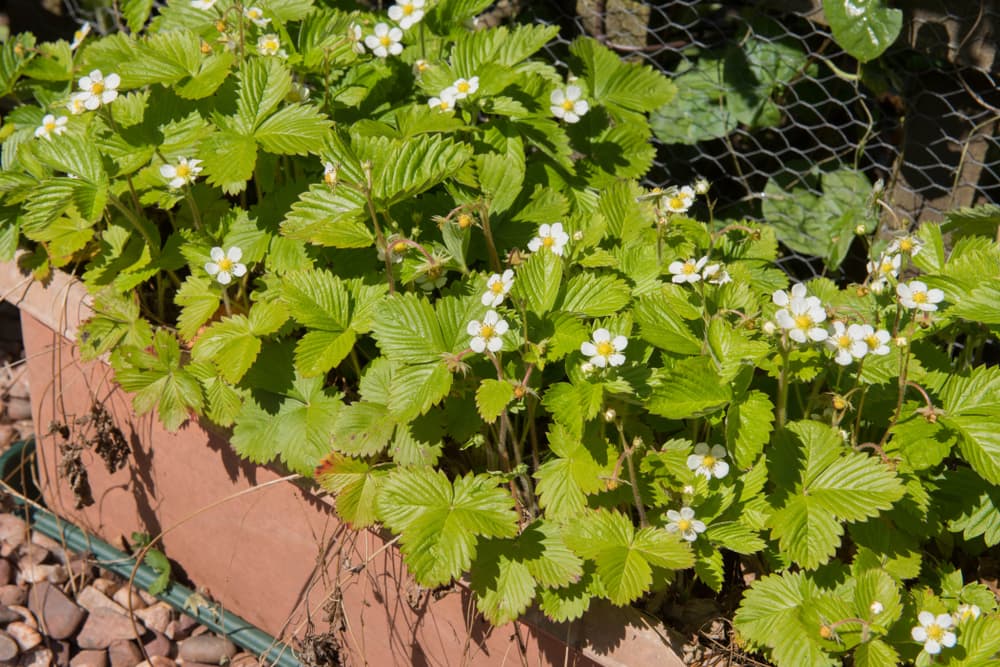
Not a plant that has ever been considered a vegetable.
But done properly, planting out your rooted strawberry runners should pave the way for a bountiful harvest of many fruits later down the line.
If you’re not familiar with rooted strawberry runners, let us fill you in.
This is a way to propagate a strawberry plant which involves isolating a runner – the tendrils that emerge from the main plant – and encouraging it to put forth its own root system.

The runners are the red stems in the picture above, sprouting forth from the mature plant.
When the runner finds a suitable spot in the soil it puts forth its own roots, spreading the plant and extending its capacity to fruit.
If you capture one of these tendrils and use an upside-down U-shaped piece of wire to hold it in place over a pot of soil, the leaves at the end of it will eventually send out roots.
Once the root system is strong enough to support the fledgling plant, you can cut the cord linking it to its mother.
Then the young strawberry plant is ready to be planted out, soon to be its very own bush!
Go Forth & Garden
There you have it: eight plants suited for planting out in August, a month that many people would write off as harvest season.
After reading this guide, though, you can now count yourself among the hallowed few who know that August is still a time for sowing, further increasing the size of your total annual harvest.
It’s our hope that you now feel inspired and able to get some last-minute growing into your gardening calendar.
Enjoy, and good luck!
References
- 1The history of the Canary Islands natives. (2020, September 17). Hola Islas Canarias. Retrieved March 27, 2023, from https://www.hellocanaryislands.com/experiences/the-history-of-the-canary-islands-natives/
